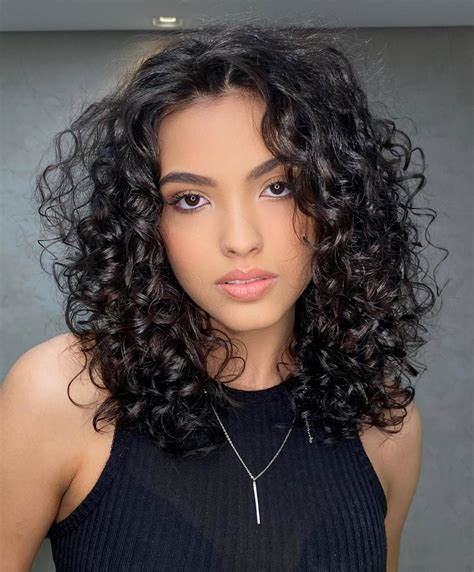A Symphony of Strands and Plumage
Hair and feathers, seemingly disparate materials, share a remarkable affinity. Both exhibit intricate structures, vibrant hues, and an extraordinary range of functions. Their intersection has inspired countless applications throughout history and continues to captivate designers, artists, and scientists alike.

3 Hair-Raising Benefits of Feathers:
- Exceptional Insulation: Feathers trap air incredibly effectively, providing exceptional insulation and keeping birds warm in frigid temperatures.
- Aerodynamic Flight: The intricate shape and structure of feathers facilitate aerodynamic flight, allowing birds to soar through the skies with grace and efficiency.
- Vibrant Displays: Feathers play a crucial role in courtship and territorial displays, featuring a kaleidoscope of colors and patterns that signal species identity and reproductive status.
7 Feather-Inspired Innovations:
- Biomimetic Building Materials: Inspired by feather structures, architects have developed lightweight and energy-efficient building materials that minimize heat loss.
- Bulletproof Vests: Kevlar, a material mimicking the interlocking structure of feathers, is used in bulletproof vests to absorb and dissipate impact forces.
- Wind Turbines: Feather-shaped turbine blades reduce noise and vibrations, enhancing the efficiency of wind energy systems.
- Medical Implants: Researchers have designed tissue scaffolds inspired by feather structures to promote cell growth and tissue regeneration.
- Smart Textiles: Feathers’ moisture-wicking and thermal regulation properties have influenced the development of smart textiles for athletes and outdoor enthusiasts.
- Biodegradable Packaging: Feather-derived materials offer a biodegradable alternative to plastic packaging, reducing environmental impact.
- Water Purification: Feather-inspired membranes have shown promising results in filtering and purifying water sources.
4 Hair-Raising Applications of Feathers:
- Fashion Accessories: Feathers adorn jewelry, hats, and clothing, adding a touch of elegance and flair.
- Decorative Elements: Feathers are used in home décor, from throw pillows and curtains to wall hangings, creating a sense of whimsy and sophistication.
- Art and Crafts: Feathers inspire artists and crafters to create intricate and imaginative works, from paintings to sculptures.
- Cultural Symbolism: Feathers have strong symbolic meanings in many cultures, representing wisdom, freedom, and spirituality.
Common Mistakes to Avoid:
- Using Real Feathers in Construction: Real feathers can be expensive, difficult to maintain, and prone to damage. Instead, consider using synthetic or feather-inspired alternatives.
- Compromising Aerodynamics: Feather-inspired turbine blades must be carefully designed to prevent compromising aerodynamic performance.
- Overloading Fashion Accessories: Excessive use of feathers in fashion accessories can appear cluttered and overwhelming.
- Cultural Insensitivity: Be respectful of the cultural significance of feathers before incorporating them into artwork or designs.
Frequently Asked Questions (FAQs):
- Are feathers waterproof?
– Yes, the outer layer of feathers is coated with a waxy substance that repels water, making them waterproof. - Can feathers be used for insulation?
– Yes, feathers are excellent insulators due to their ability to trap air and provide warmth. - Are feathers biodegradable?
– Yes, feathers are naturally biodegradable and decompose over time. - Why do birds have feathers?
– Feathers serve multiple functions in birds, including insulation, flight, communication, and display. - What is the difference between hair and feathers?
– Hair is made of keratin, a fibrous protein, while feathers are made of beta-keratin, a similar but more specialized protein. - Can hair be used for insulation?
– Yes, hair can be used for insulation, but is less effective than feathers due to its shorter length and lack of hollow shafts. - Are hair and feathers related?
– Yes, hair and feathers are related as homologous structures that share a common evolutionary ancestor. - What is the scientific term for the study of feathers?
– Ornithology, the study of birds, includes the study of feathers, known as plumology.
Conclusion
The convergence of hair and feathers has sparked countless innovations and inspired boundless creativity. From the captivating aesthetics of fashion accessories to the groundbreaking applications in scientific fields, these remarkable materials continue to fascinate and empower. As we delve deeper into the intersection of hair and feathers, we uncover a wealth of opportunities for artistic expression, technological advancements, and sustainable solutions.
